The following piece below is extracted from a website giving much fuller information. Click here to see it…
Full title for the book on which the retreat is based is

******************
For the first time in twelve years, in May of 2019, professional writing teacher, author of The Abundance of Less, and winner of the 2017 Nautilus Award in Sustainable Living, Andy Couturier, will be leading a small group of travelers to the mountains of Japan–the beautiful village of Kamikatsu on the southern island of Shikoku.
Using writing as a tool for self reflection (“non-writers” welcome), we can understand the forces–internal and external–that pull us way from the truly satisfied life we know we can live.
The journey will combine time for writing and reflection with encounters with some inspiring Japanese people who are pioneering a new way of living. They have rejected the commercialism and status-consciousness of mainstream Japanese society and live lives of deep contact with the natural world.
There will be time for slow walks in the mountains, visits to Buddhist temples, Shinto shrines, and daily baths in a rural hot springs by a rushing river. And every day we will go deeper into ourselves and into our experience by using writing to help us discover “The Good Life” for ourselves.
Instead of “the cornucopia approach” that many tours to Japan take, this journey will be slow, rich, centered in order to support personal reflection, connection with nature, and community building among group members and villagers.
Instead of zooming all over the country, we will stay in one beautiful village for ten days so we can deepen into our internal reflection, and have plenty of time to write.
We will stay at hot spring with an inn beside a rushing river for most of the ten days, with an overnight trip to the sacred Shinto Todoroki waterfall complex (over eight huge waterfalls) with an overnight by the ocean and a visit to temple on the Buddhist pilgrimage.
Lodging will be modest but comfortable, in line with the theme of simplicity and respect for the natural world. Meals will be primarily vegetarian and incredibly delicious.
Dates: May 17-27, 2019
Location: Kamikatsu Village, Tokushima Prefecture
This is a journey for people who have read The Abundance of Less and who want to go deeper. By meeting people profiled in the book, Atsuko Watanabe, (chapter 3) and Osamu Nakamura, (chapter 2), and by guided writing experiences, you will find the tools to bring your life more in line with your values–individual, environmental and social.
***************
For details of the price, application process and style of retreat, please see this link. For a review of the book on which the retreat is based, The Abundance of Less, please see this link by Edward J. Taylor.

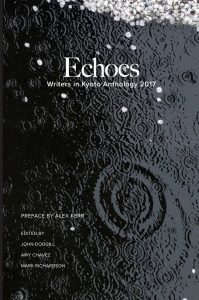
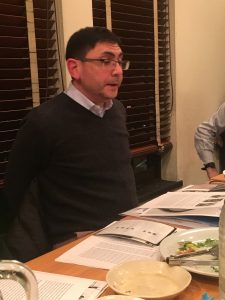

.jpeg)
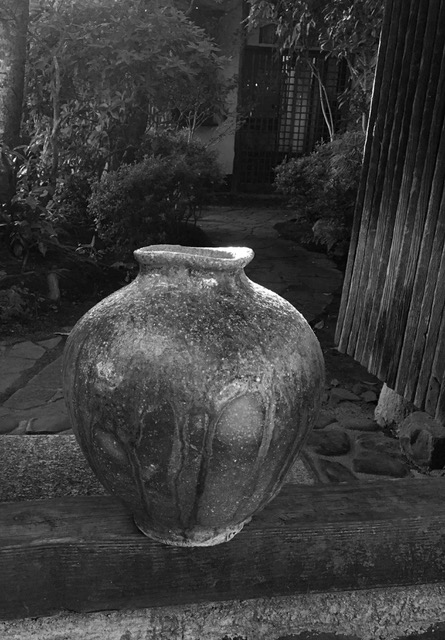
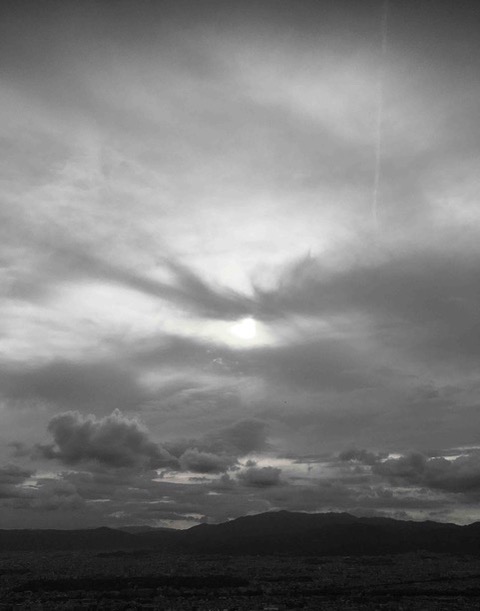
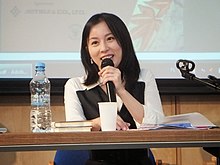 Risa Wataya
Risa Wataya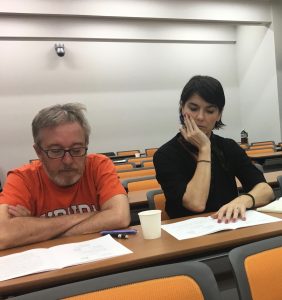



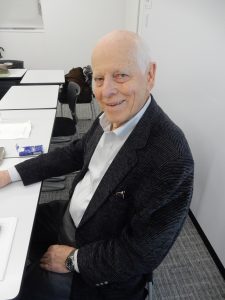
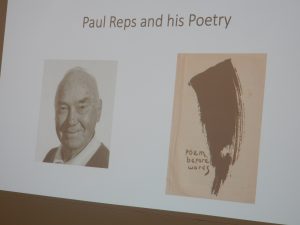
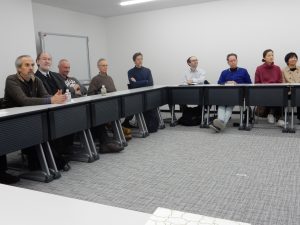
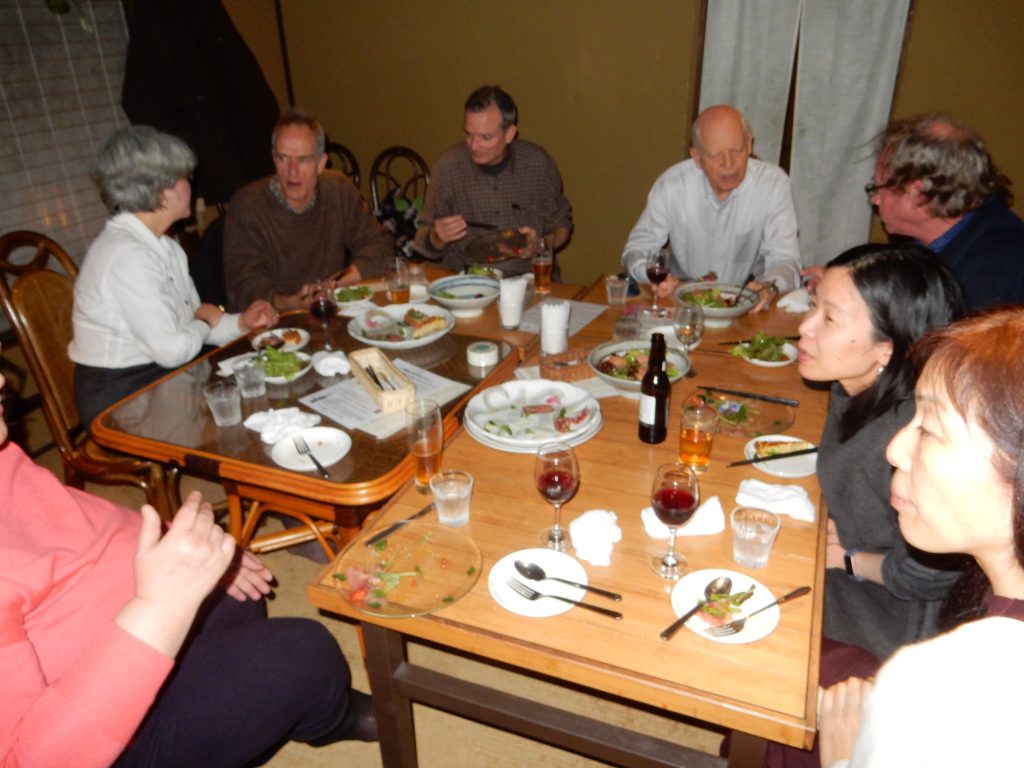






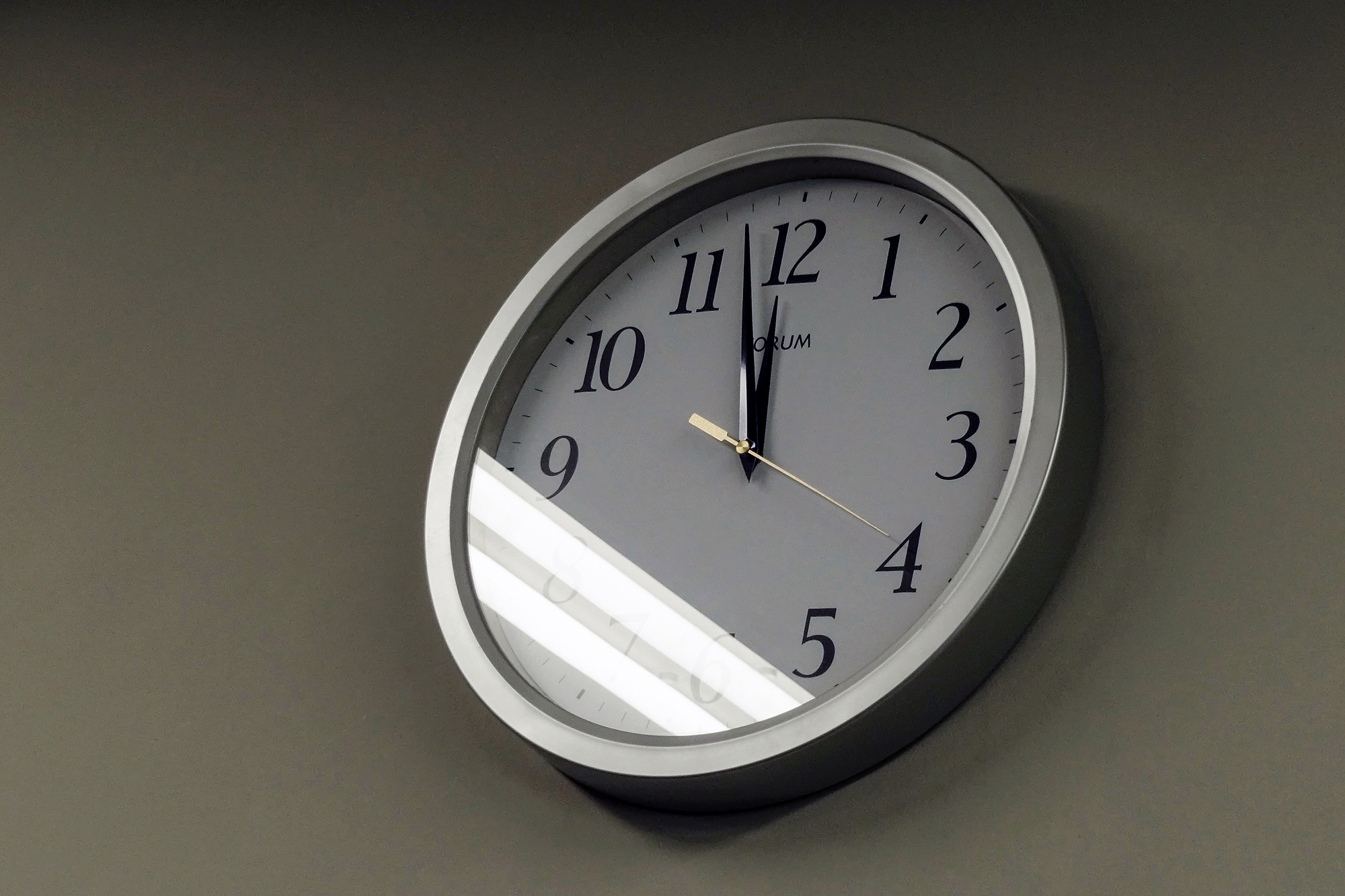
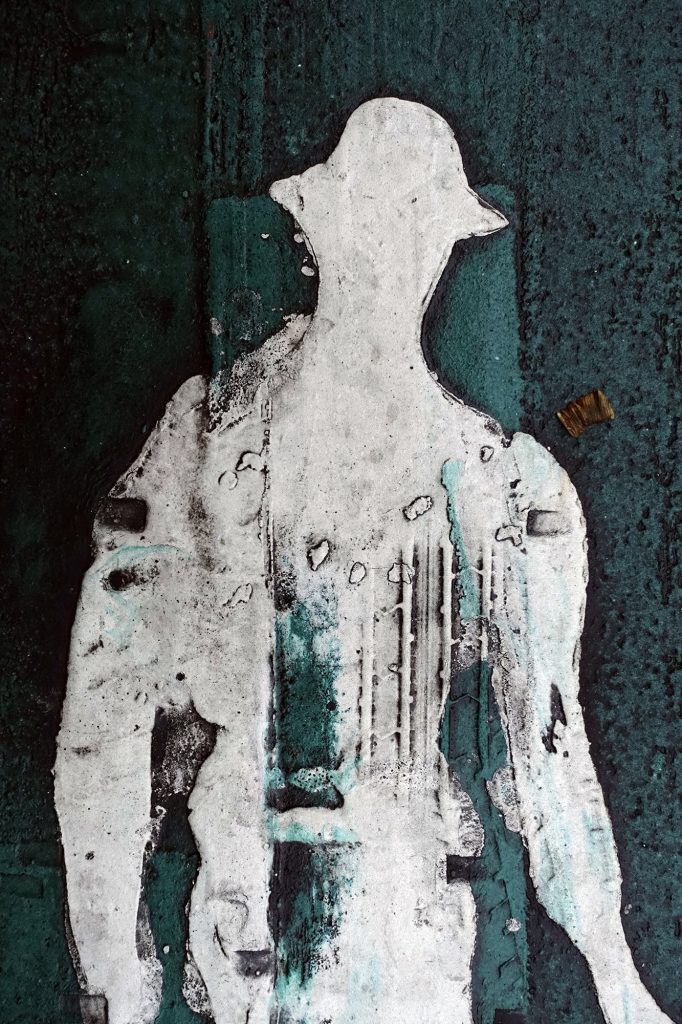
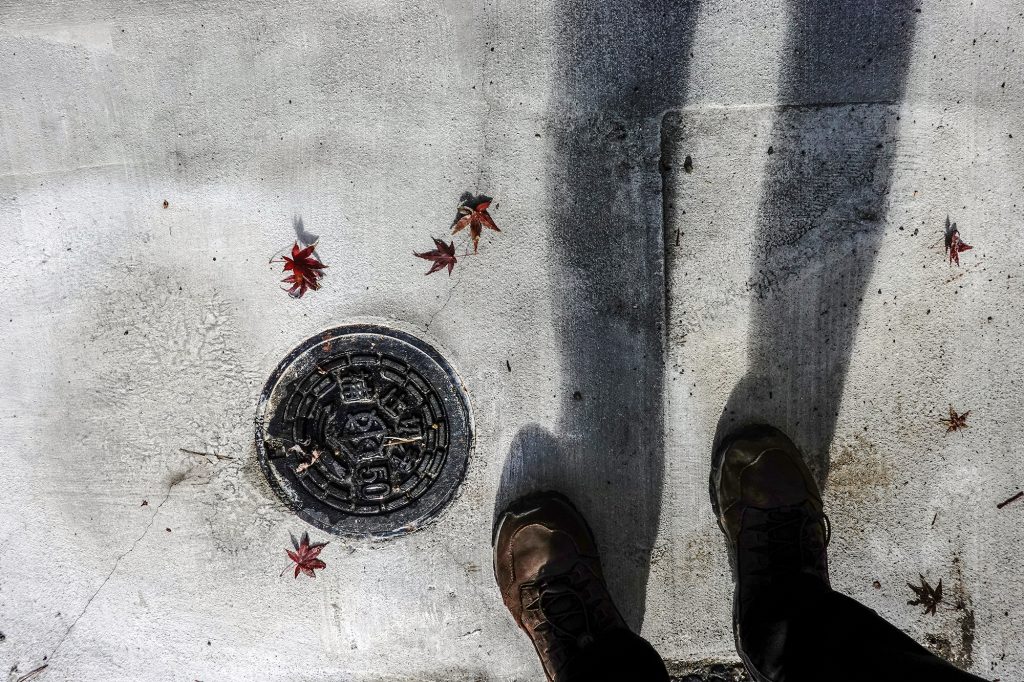
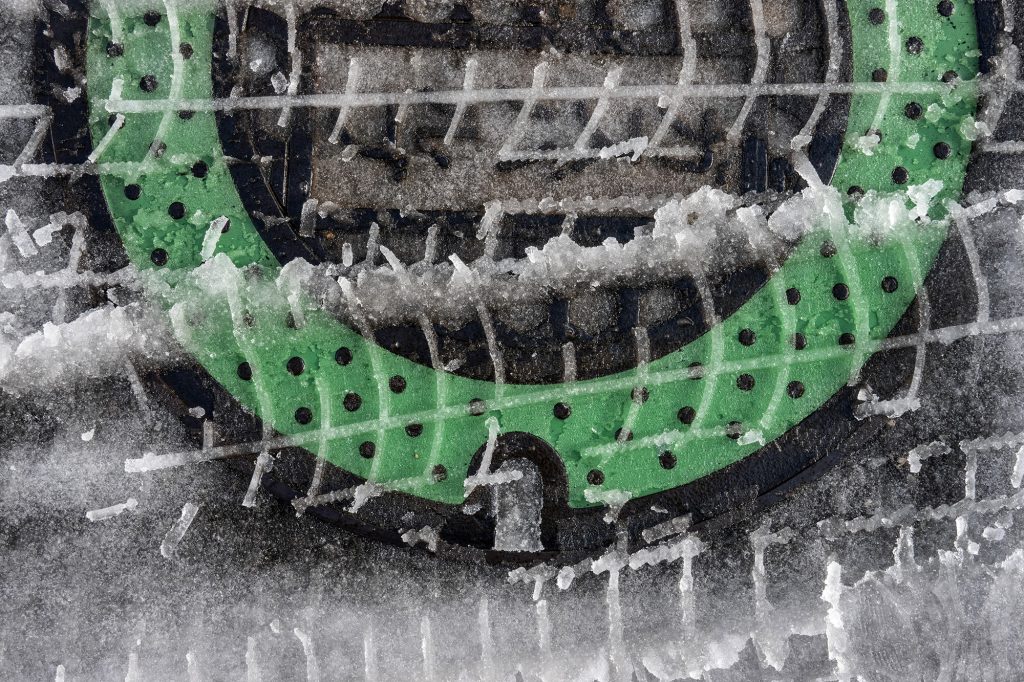
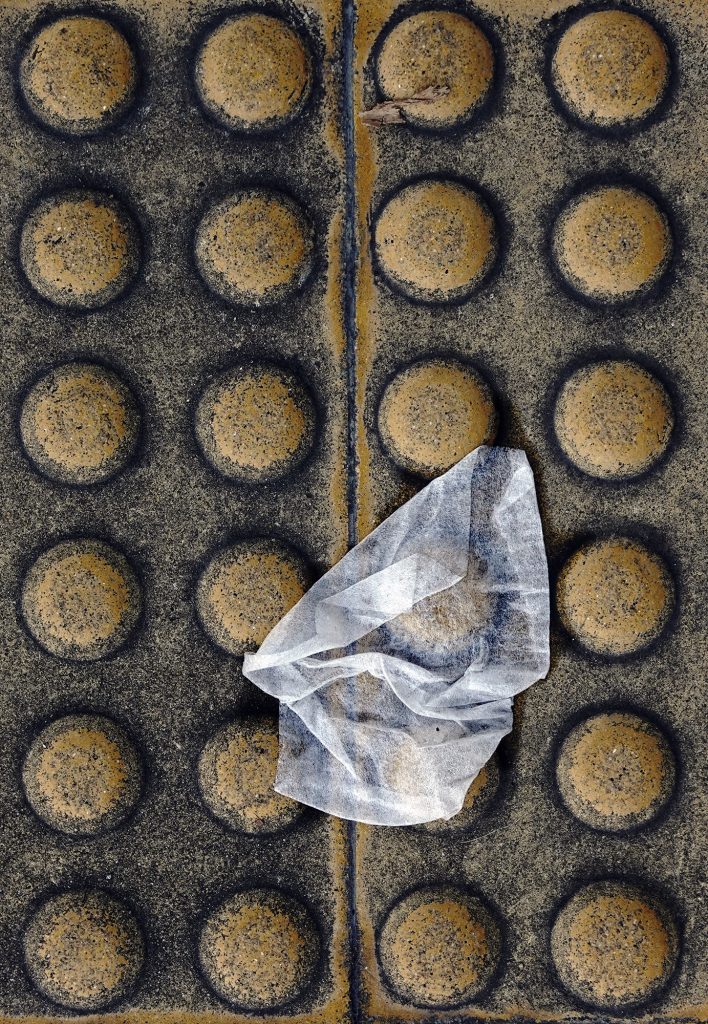
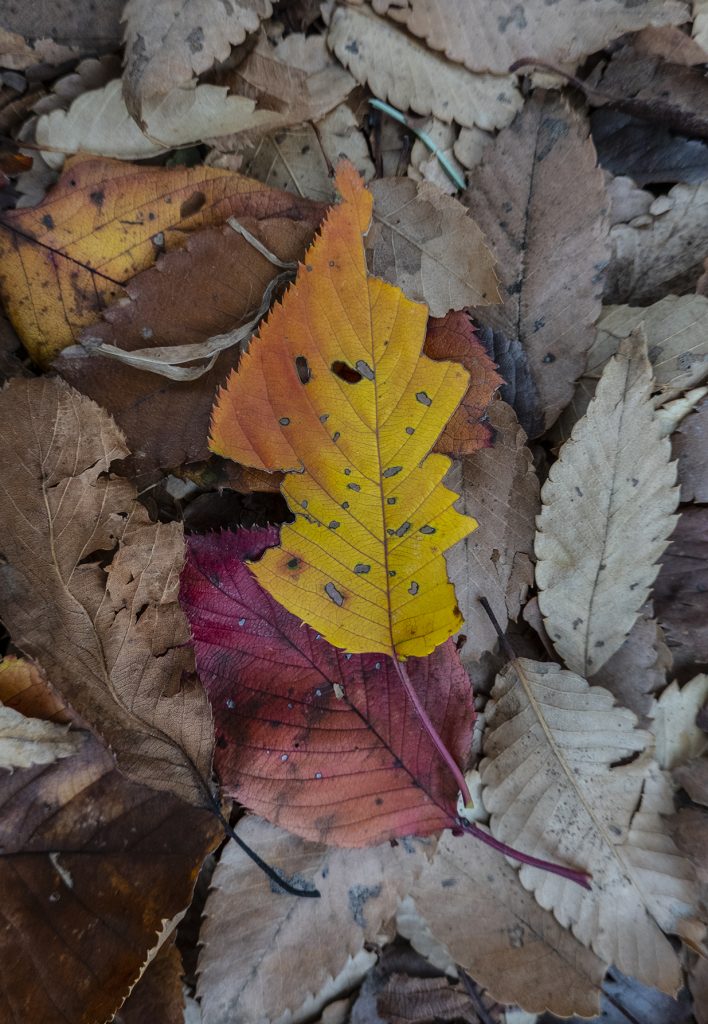
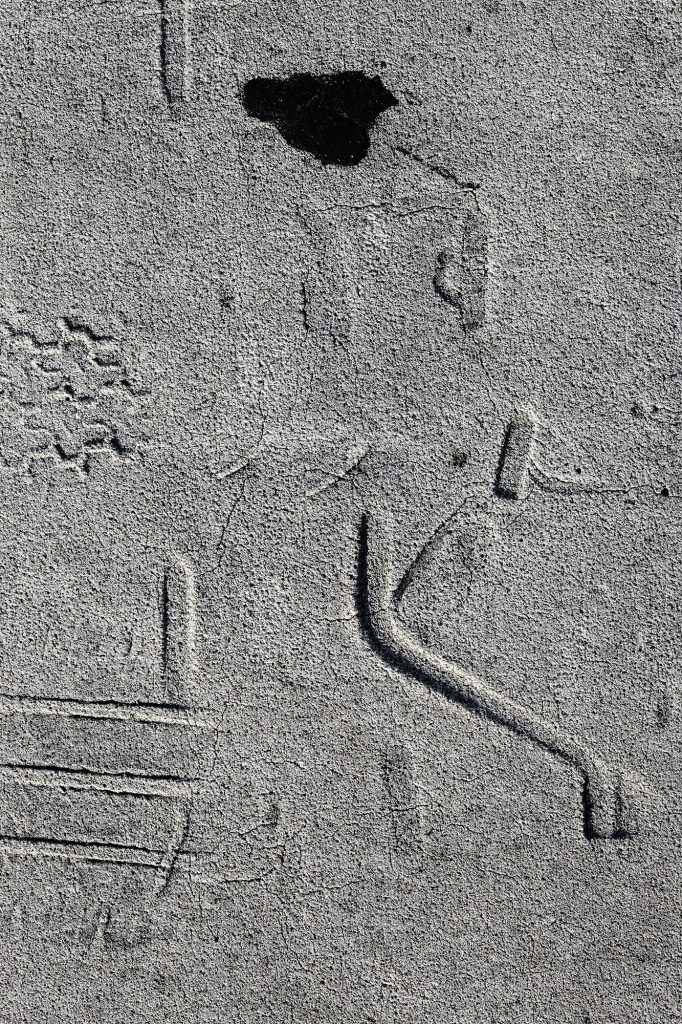
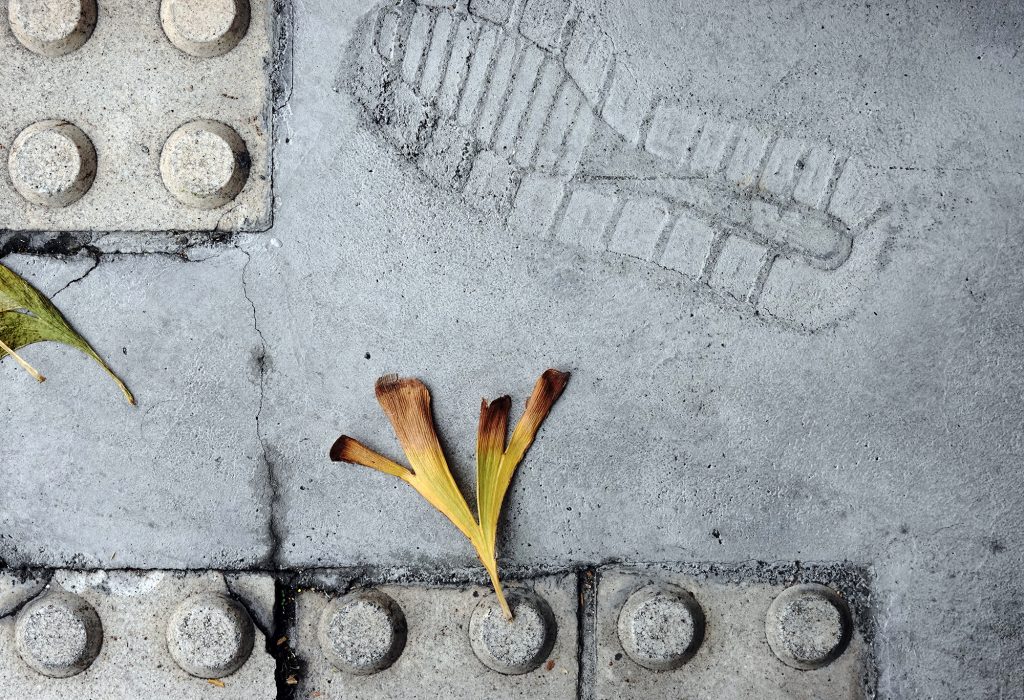

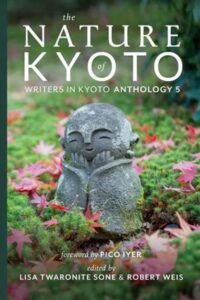
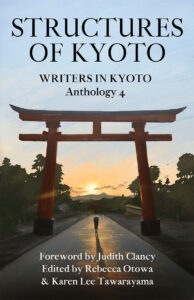
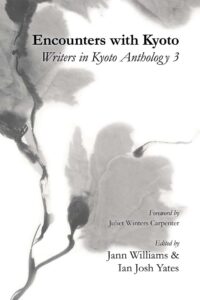
Recent Comments